Smoking doesn’t just harm your internal organs—it also has a noticeable and damaging effect on your outward appearance. While much of the focus around cigarettes is on diseases like cancer or heart failure, there’s another truth that hits a little closer to the mirror: cigarettes accelerate the aging process and visibly degrade your looks. From skin to hair, nails to teeth, the signs often show up faster and more dramatically than people expect.
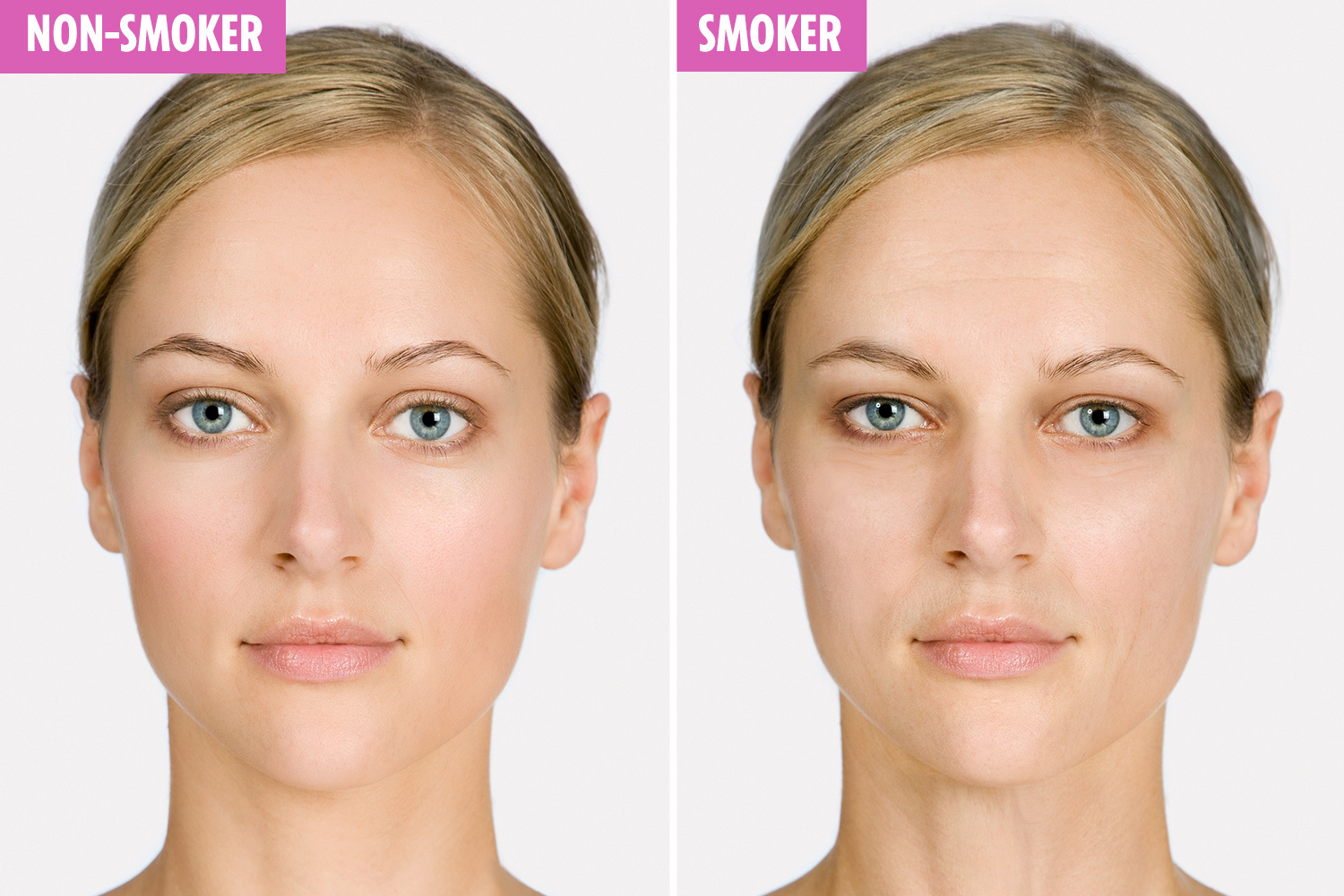
1 – Smoking Dulls Your Physical Appearance
By now, most smokers are well aware that tobacco use is hazardous to their health. But what often gets overlooked is how smoking chips away at your looks. If the damage from smoking left visible scars after each cigarette—say, a blackened patch on your cheek or forehead—it would probably be easier to quit. But the truth is, it does leave a mark. You just might not notice it right away.
In this article, we’re breaking down 16 of the most visible ways that smoking alters your appearance. Some effects are subtle, some severe, but all of them are real—and many are avoidable if you choose to quit.
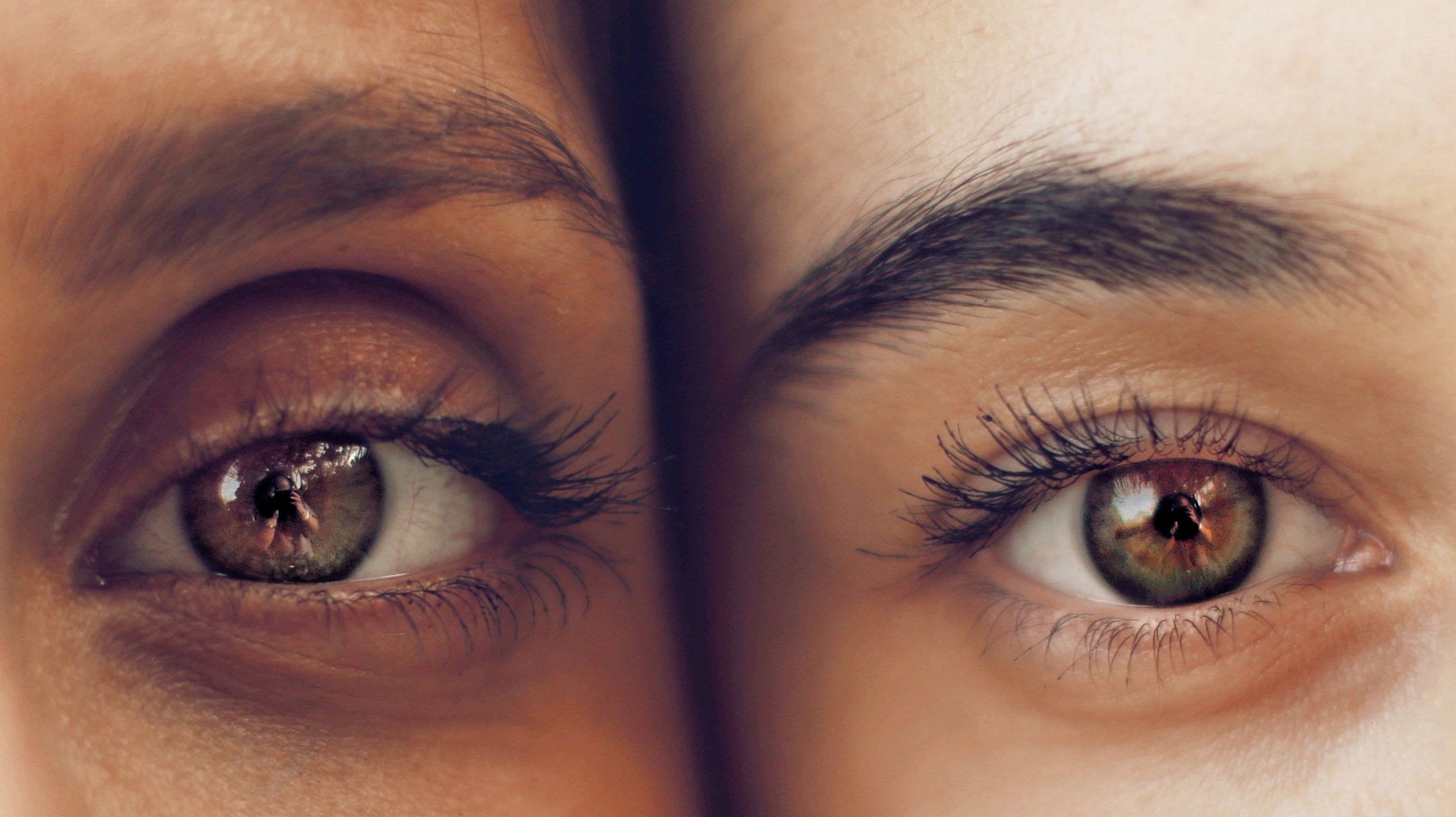
2 – Under-Eye Puffiness and Dark Circles
You know that dragging feeling after a restless night? For smokers, it's not just a feeling—it shows up on your face. According to research conducted at Johns Hopkins, smokers are nearly four times more likely than non-smokers to report waking up tired, even after a full night's rest. Why?
Nicotine withdrawal during sleep disrupts your rest cycle. Your body tosses and turns while trying to manage the crash from nicotine levels dropping. The result is that dreaded "smoker’s fatigue face": puffy eyes, dark circles, and an overall appearance of exhaustion that doesn’t match your energy output.

3 – Psoriasis Risk Increases With Tobacco Use
Psoriasis is an autoimmune skin condition that can cause itchy, flaky, red skin patches. While it can occur in anyone, smoking significantly heightens the risk. According to a 2007 study, people who smoked a pack a day for up to a decade saw their psoriasis risk increase by 20%. For those with a smoking history between 11 to 20 years, that risk rose by 60%. After two decades, it more than doubled.
Secondhand smoke exposure—especially in childhood or pregnancy—can also contribute to later psoriasis development. In other words, the damage may begin even before a cigarette touches your own lips.
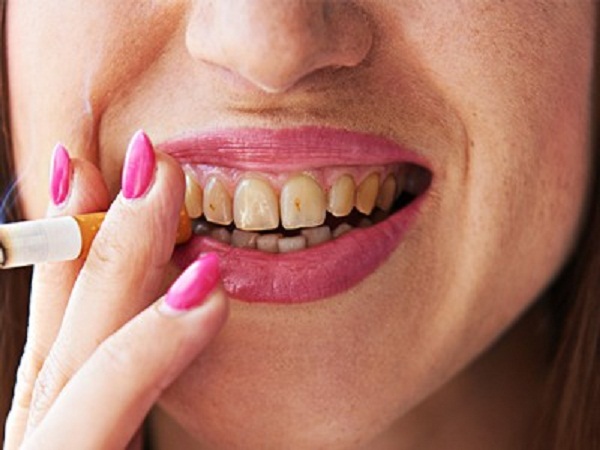
4 – Cigarettes Turn Teeth Brown and Decay Smiles
Everyone wants a bright smile. But smoking throws a yellow-brown haze over those pearly whites. The staining isn’t just cosmetic—it’s chemical. Nicotine and tar embed themselves in your enamel, creating stubborn discoloration that standard brushing can’t erase.
And the fix isn’t cheap. Professional teeth whitening treatments range from $500 to $1,000, and repeat sessions are often needed because as long as you smoke, the stains keep coming back.
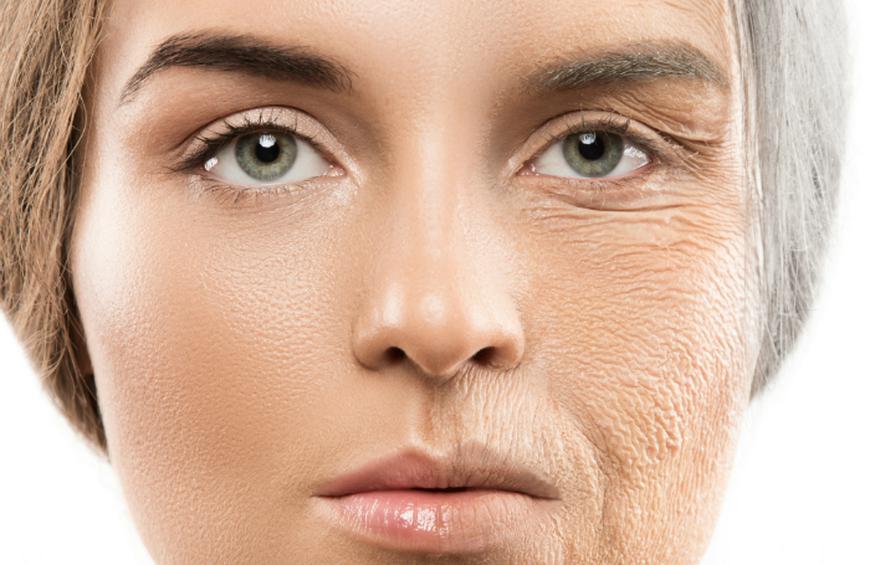
5 – Early Wrinkles and Aging Skin
A few fine lines may come with wisdom, but when wrinkles show up early, especially in people who smoke, they become a telltale sign of cigarette damage. According to dermatologists, smokers appear on average 1.4 years older than their non-smoking peers.
This premature aging is largely due to impaired blood circulation caused by smoking. Oxygen and nutrients can’t reach skin cells efficiently, making the skin appear thin, leathery, and less elastic. The result? You start looking older long before your time.
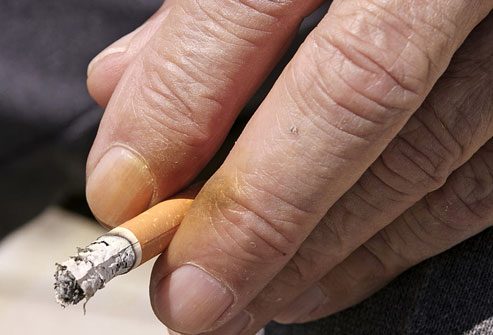
6 – Stained Fingers and Discolored Nails
It’s not just your teeth that turn yellow. Over time, your fingers and nails start to show signs of nicotine exposure too. That distinct yellowish hue is caused by tar settling into the skin and keratin of your nails.
There are DIY methods that claim to reverse the stains—lemon juice soaks, abrasive scrubs, even bleach-based solutions—but none of them are as effective as stopping the source. And let’s face it, scrubbing your hands with steel wool isn’t exactly glamorous.
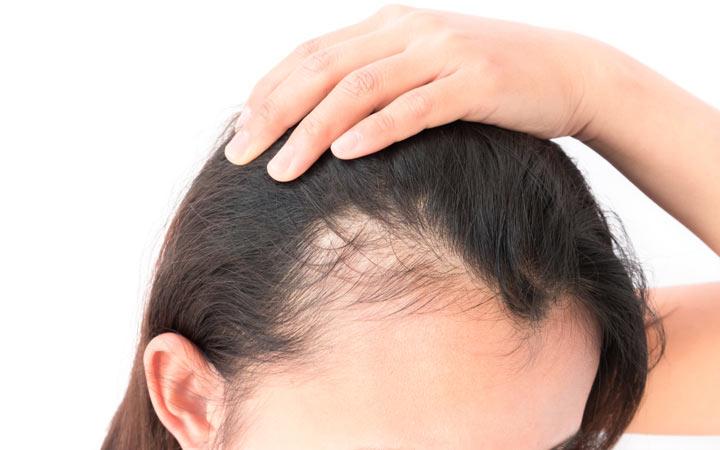
7 – Hair Thinning and Premature Graying
Cigarettes don’t just target your lungs—they sabotage your hair too. Smoking is believed to accelerate the breakdown of DNA in hair follicles and trigger oxidative stress via free radicals. Over time, these effects result in weaker, thinner hair that is more prone to falling out.
A study conducted in Taiwan in 2007 found that male smokers were nearly twice as likely to suffer from hair loss, even after accounting for other factors like age and genetics. Smokers also tend to go gray earlier than non-smokers, often while still in their 30s or 40s.

8 – Increased Scarring From Slower Healing
Nicotine narrows blood vessels—a process called vasoconstriction—which limits oxygen delivery to the skin. When your body is low on oxygen, it takes longer to repair wounds.
This slow healing translates into larger, redder, and more pronounced scars. Even minor cuts or blemishes can linger for weeks longer in smokers, and procedures like cosmetic surgery carry higher risks of poor healing outcomes.
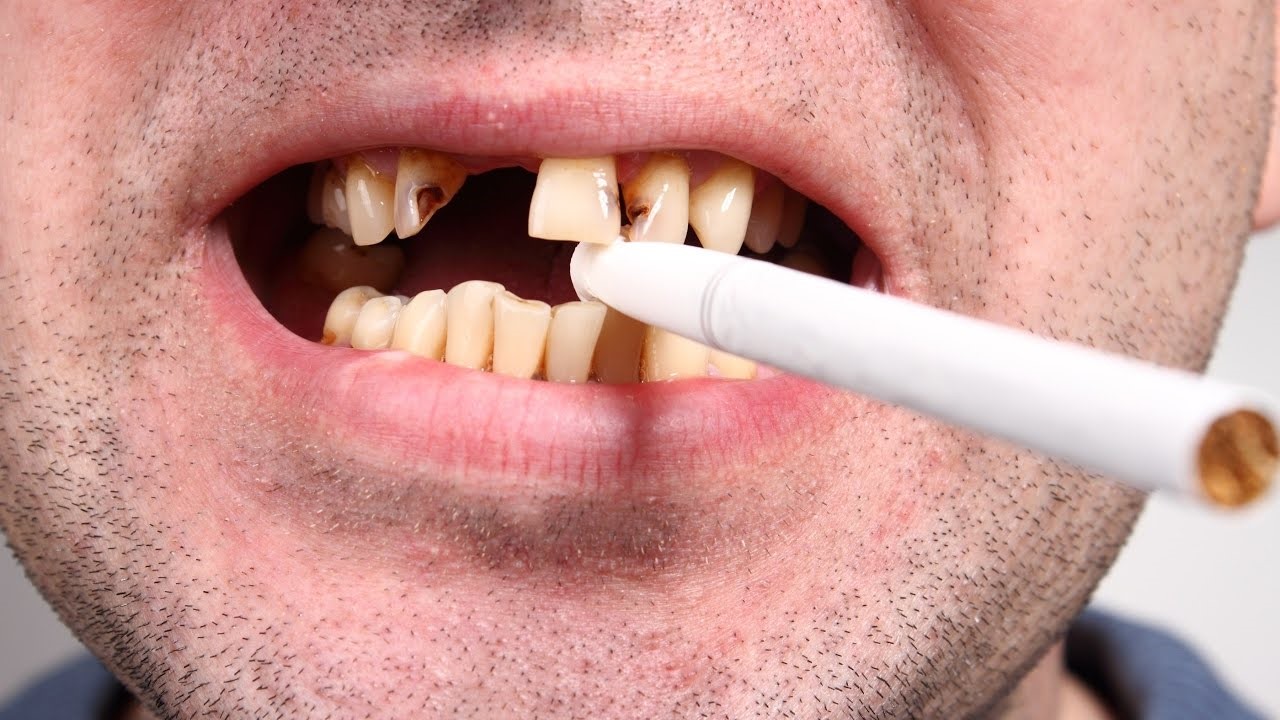
9 – Smoking Can Lead to Tooth Loss
Beyond yellow stains and gum disease, cigarettes can literally cause your teeth to fall out. Smoking increases the risk of periodontitis—a severe form of gum disease that damages the tissues and bone supporting your teeth.
According to a 2005 study published in the Journal of Clinical Periodontology, smokers are up to six times more likely to develop gum disease than non-smokers. Left untreated, this can lead to chronic infections, abscesses, and eventually, tooth loss.

10 – Your Natural Skin Glow Fades Away
There’s a reason why healthy skin glows—and a reason why smoker’s skin doesn’t. In fact, doctors coined the term "Smoker’s Face" back in 1985 to describe the sunken, grayish, and prematurely aged appearance seen in long-term tobacco users.
Cigarette smoke contains carbon monoxide, which competes with oxygen in your bloodstream. At the same time, nicotine constricts blood vessels, further limiting blood flow. This double hit reduces the skin's ability to nourish itself. On top of that, smoking depletes essential nutrients like vitamin C, which plays a major role in skin repair.

11 – Slower Recovery After Surgical Procedures
Smokers often face complications during healing, especially following cosmetic surgeries like face-lifts or dental work. Research shows that wound recovery is significantly slower in smokers due to compromised circulation and oxygen delivery.
Many plastic surgeons even require patients to quit smoking weeks before and after surgery. That’s because the chances of complications, infections, and unattractive scarring are much higher in those who continue to smoke during recovery.
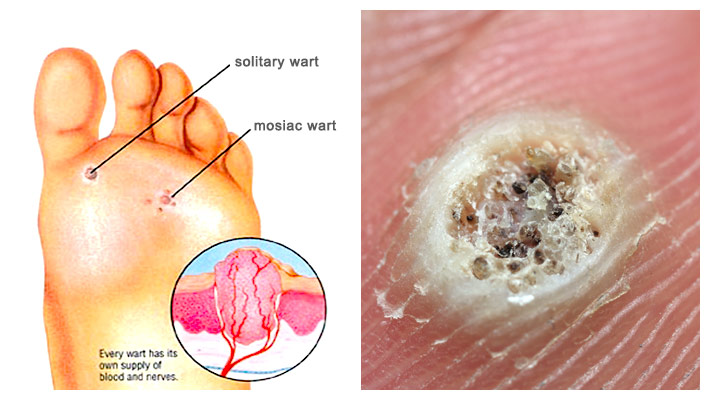
12 – Greater Susceptibility to Warts
Though not fully understood, smoking appears to weaken the immune system’s ability to fend off certain viruses—especially HPV, the human papillomavirus. HPV is responsible for many types of warts, including genital warts.
A study found that female smokers were nearly four times more likely to develop genital warts compared to non-smokers, even when accounting for sexual activity and partner history. This suggests that smoking may create a favorable environment for the virus to thrive.

13 – Elevated Risk of Skin Cancer
Skin cancer isn’t the first type of cancer people associate with smoking—but it should be on the radar. Cigarette smoke contains carcinogens that can increase the likelihood of developing squamous cell carcinoma, the second most common form of skin cancer.
According to research from 2001, smokers were found to be three times more likely to develop this form of cancer than those who didn’t smoke. And when combined with sun exposure, the risk multiplies.
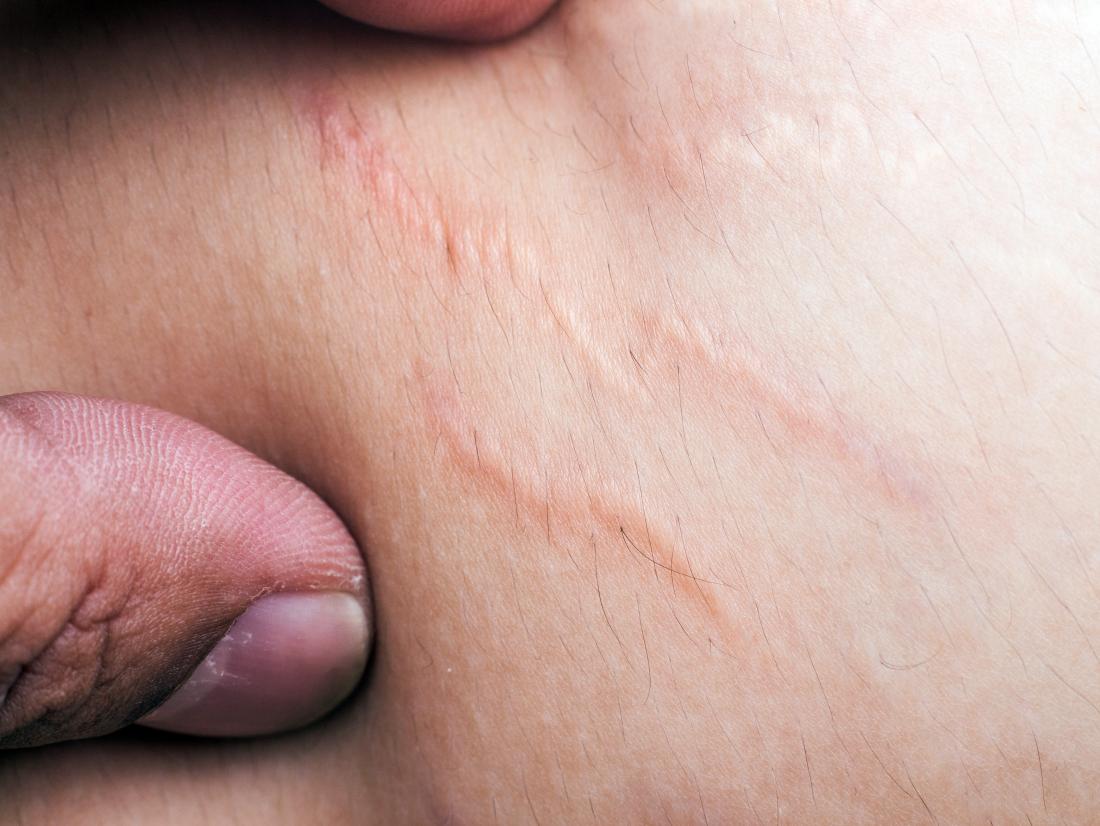
14 – Weakened Skin Structure and Stretch Marks
Nicotine doesn’t just affect your organs—it also damages collagen and elastin, the proteins responsible for keeping your skin firm and stretchy. When those fibers break down, skin loses its ability to bounce back after weight fluctuations or pregnancy.
That’s how stretch marks form. Though they can happen to anyone, smokers are more vulnerable because their skin lacks the elasticity and resilience needed to adapt to changes in body size.

15 – Visceral Fat and Abdominal Weight Gain
While cigarettes have been known to suppress appetite—sometimes leading to lower overall body weight—they don’t necessarily make you lean. In fact, smoking increases visceral fat, the kind that builds up around your organs and accumulates in your midsection.
A 2009 Dutch study revealed that smokers had higher levels of this harmful belly fat compared to non-smokers. This fat isn’t just a cosmetic issue; it raises your risk of diabetes, cardiovascular disease, and other metabolic conditions.

16 – Higher Risk of Cataracts and Vision Impairment
More than half of adults will develop cataracts at some point in their life, but smoking accelerates the process. Cigarettes create oxidative stress in the lens of the eye, damaging the proteins and structure over time.
One study showed that smokers faced a 22% increased risk of needing cataract extraction later in life. The good news? It’s never too late to quit. The sooner you reduce your cigarette consumption, the more you reduce your risk.









